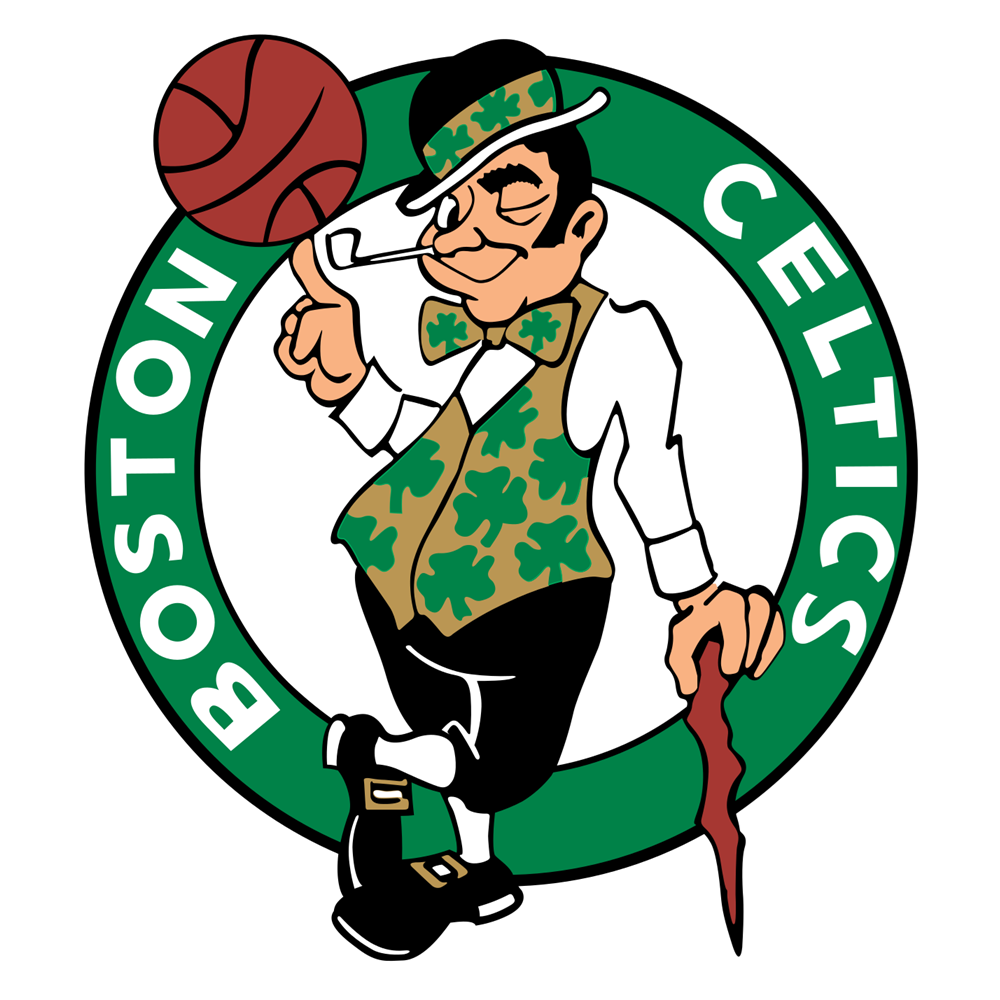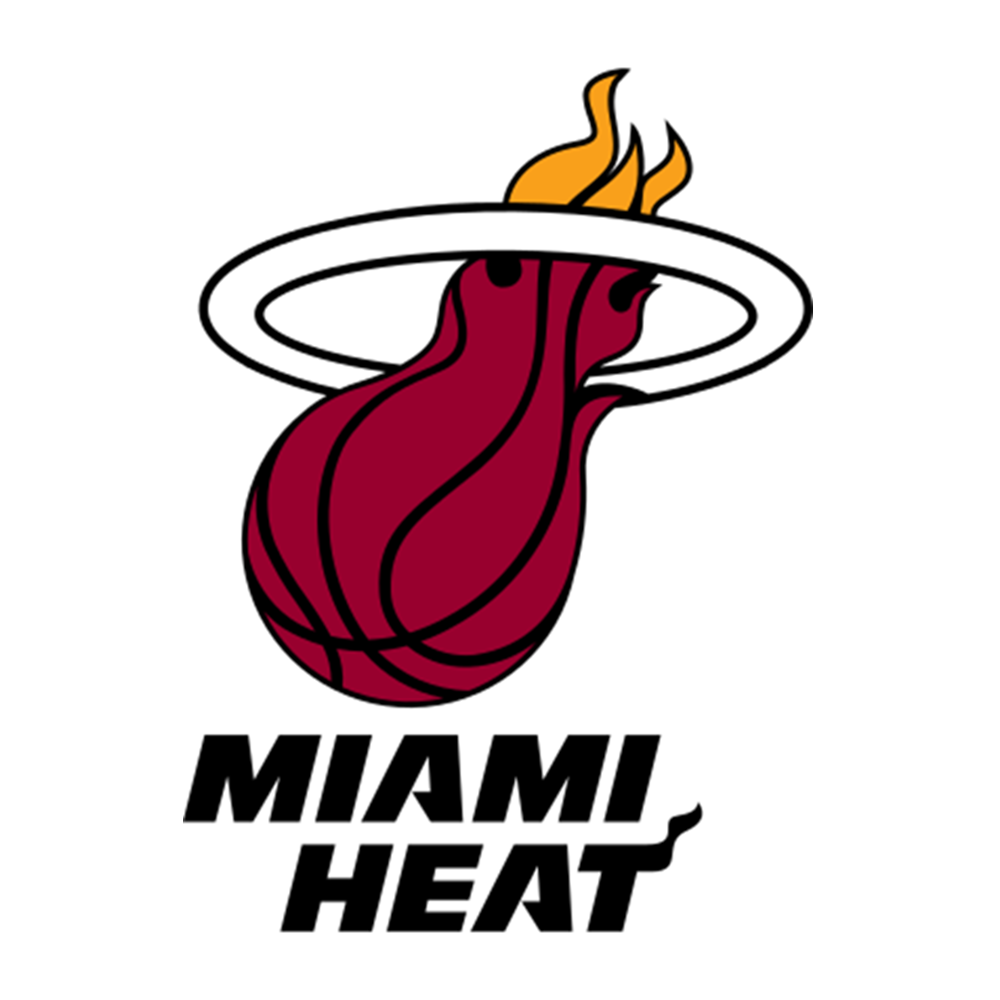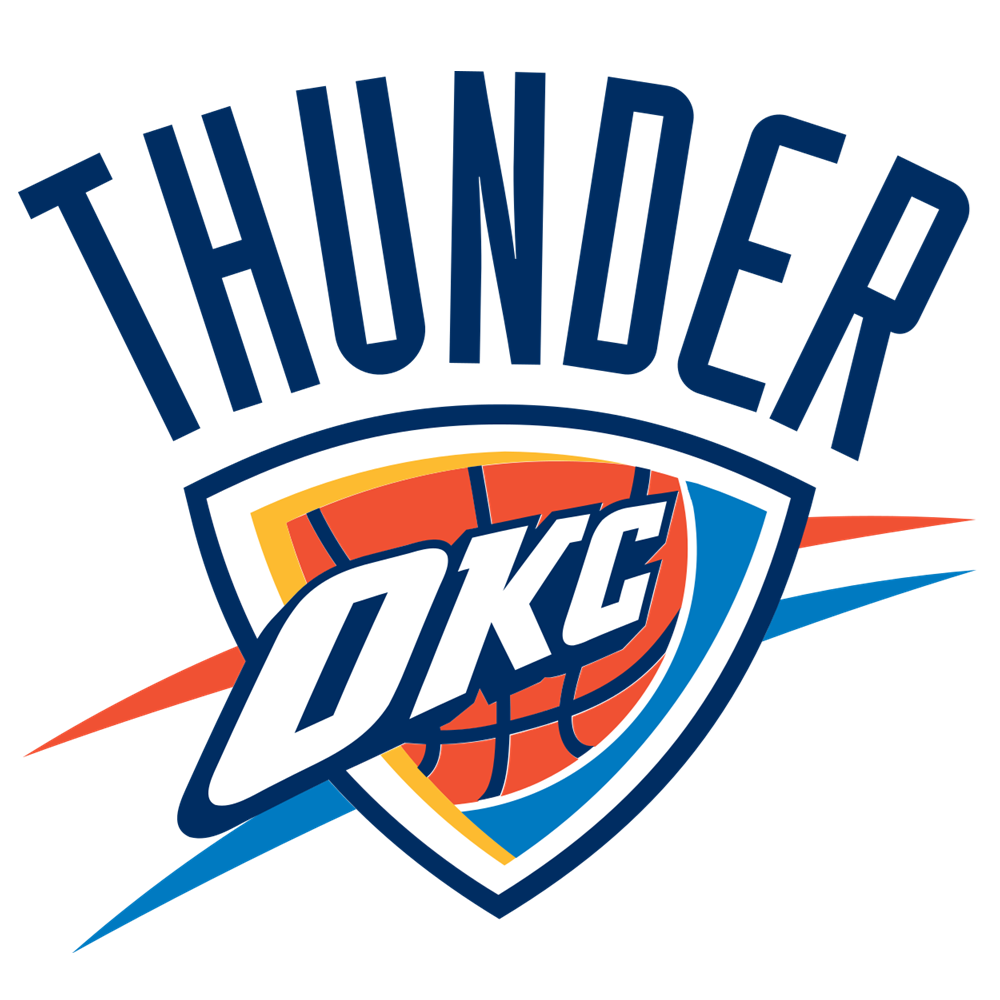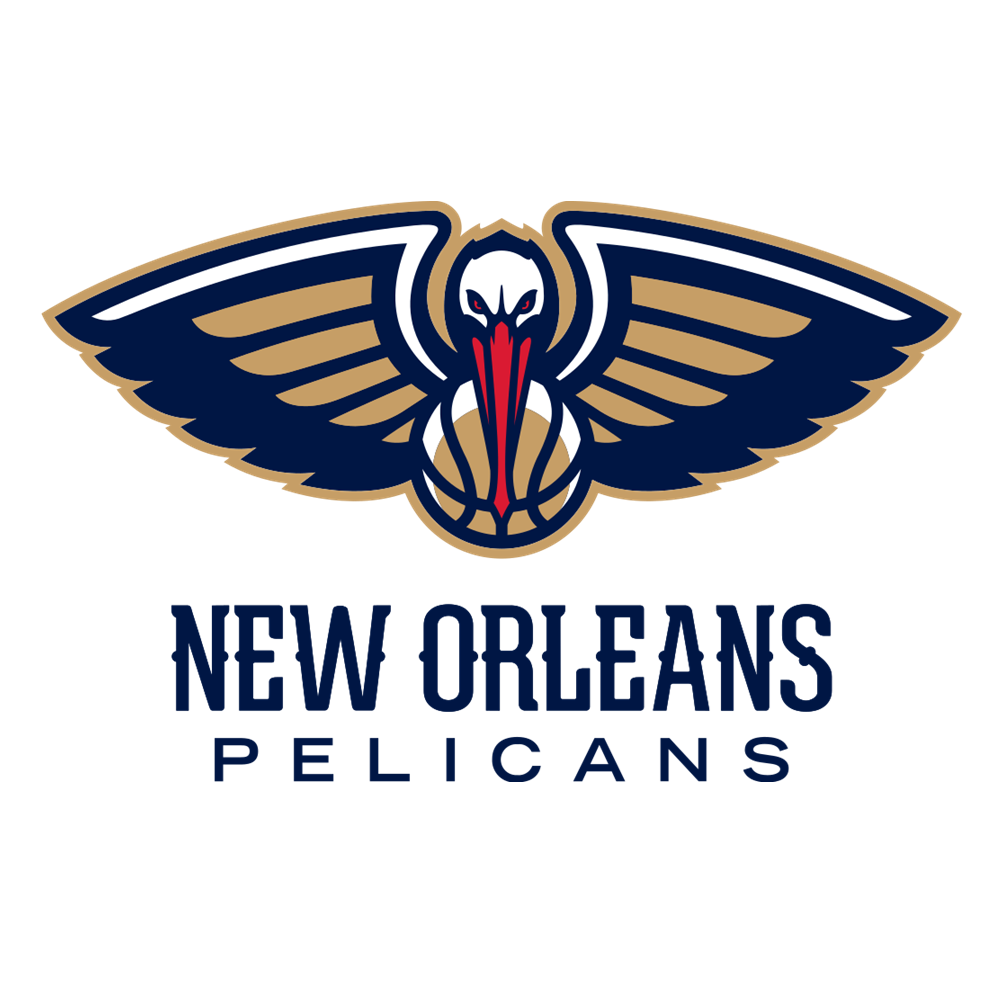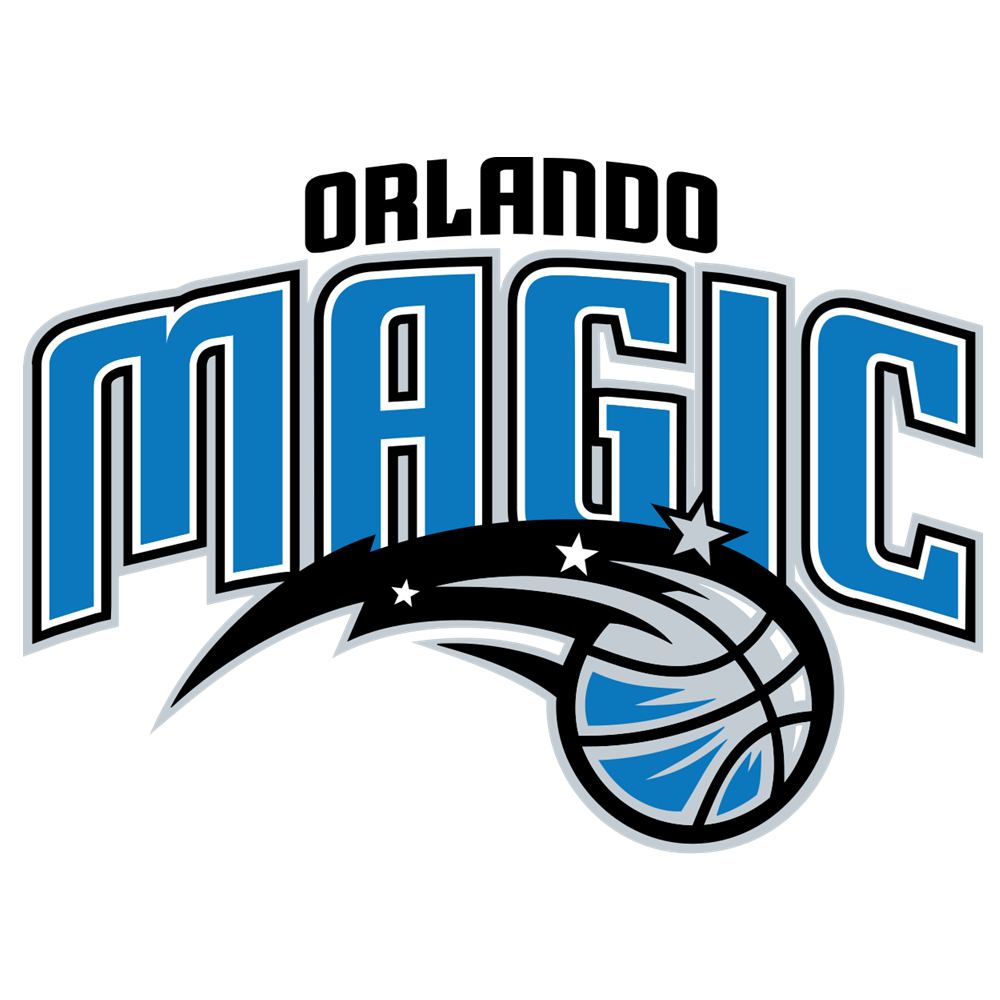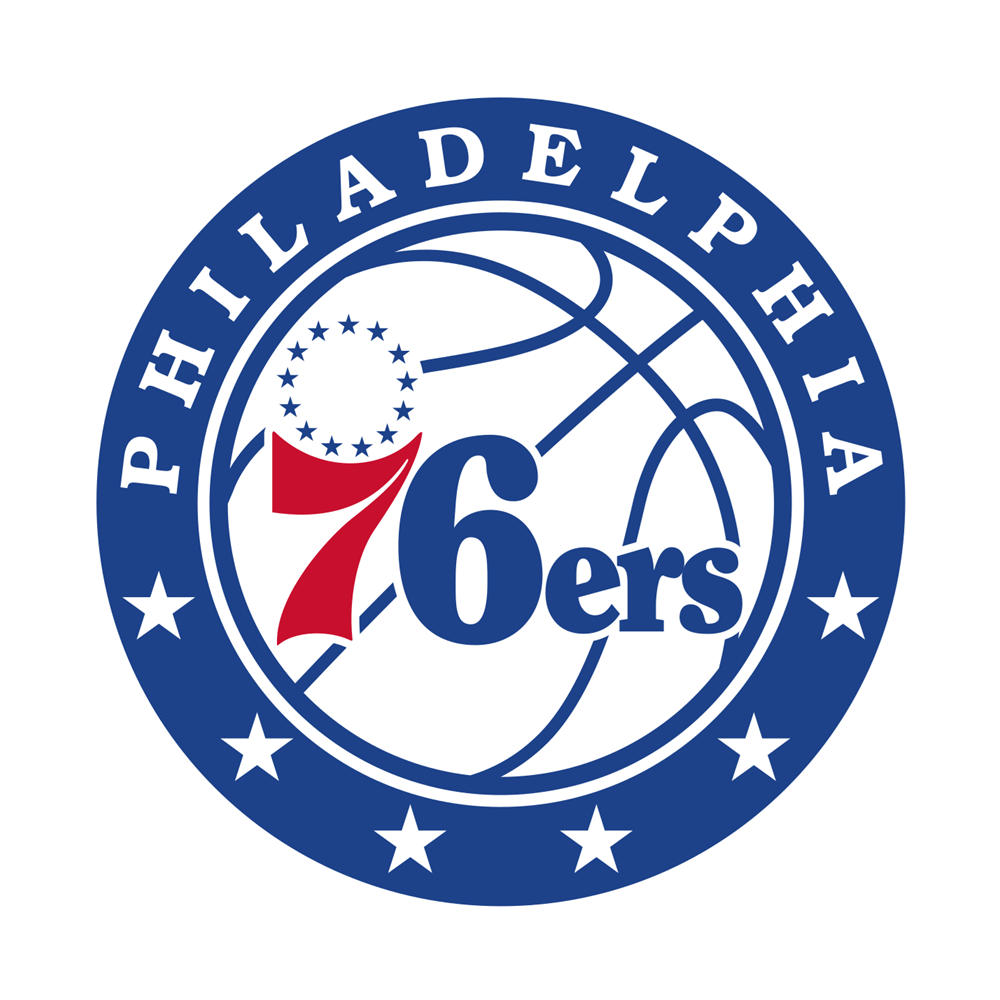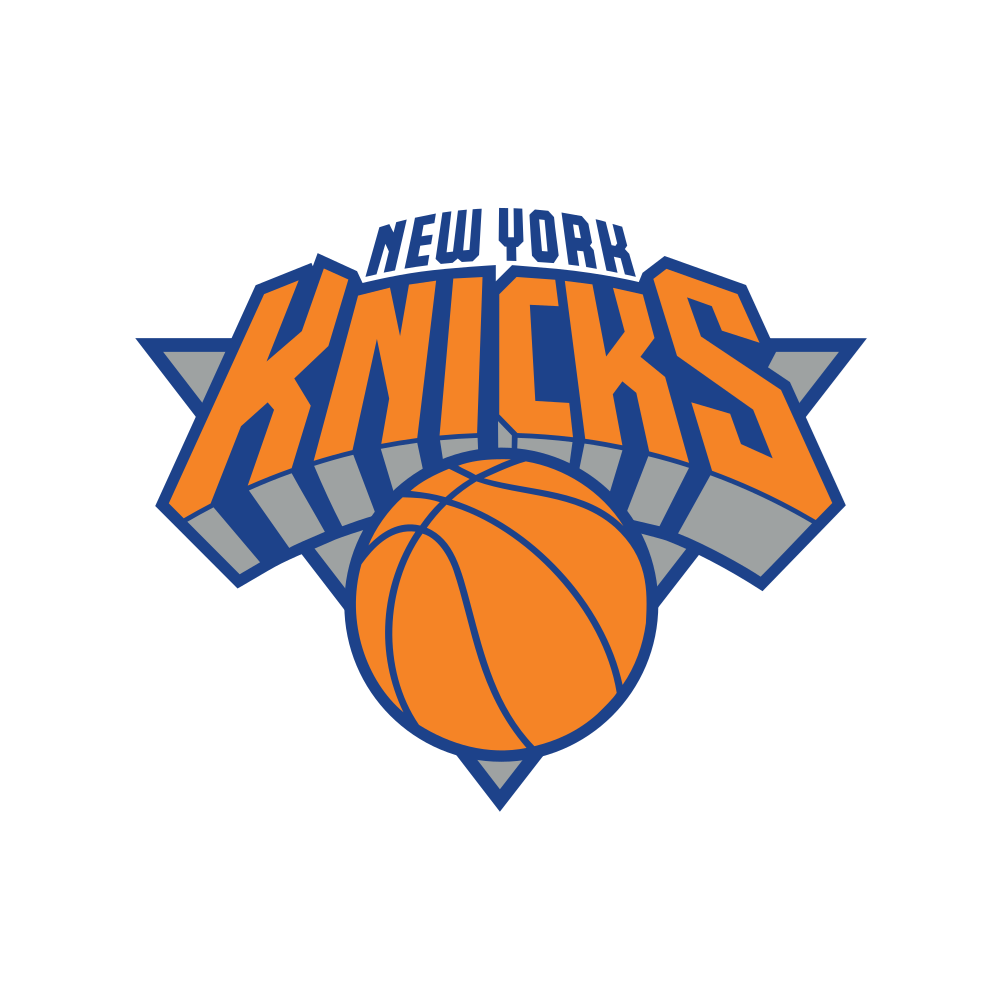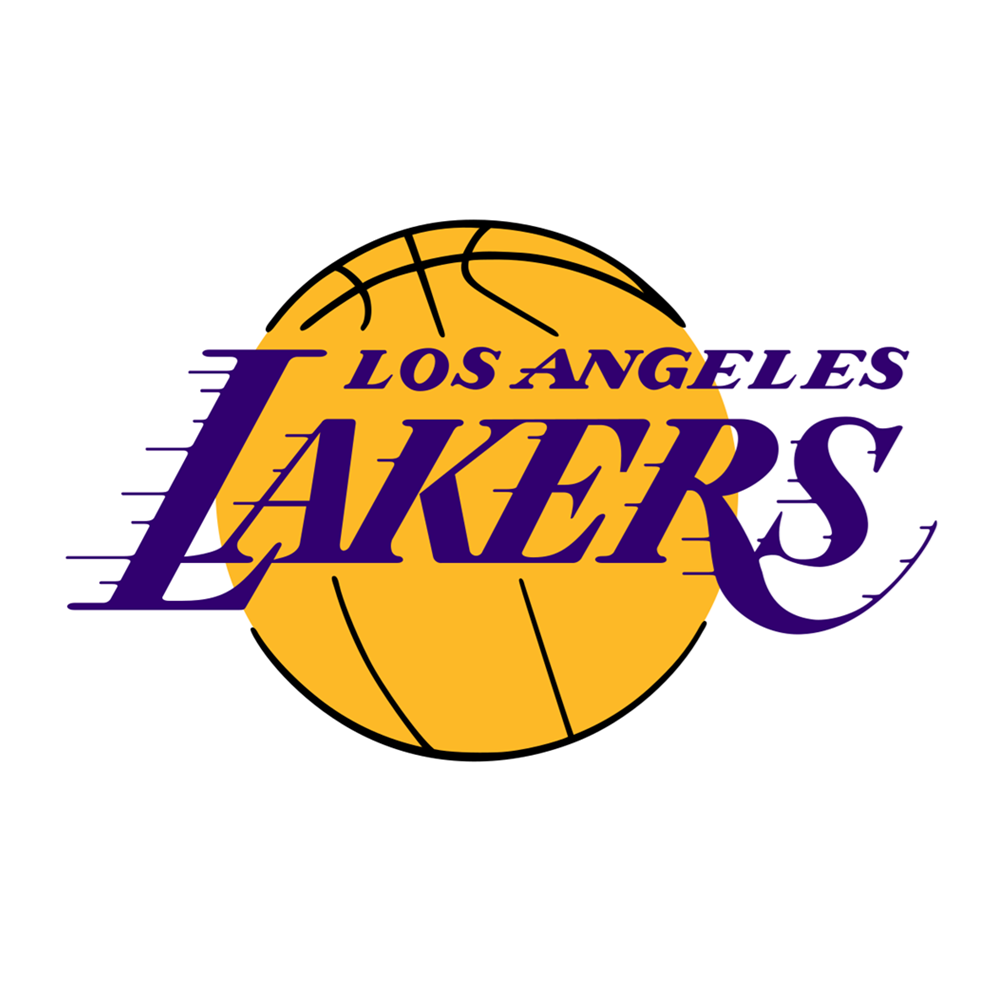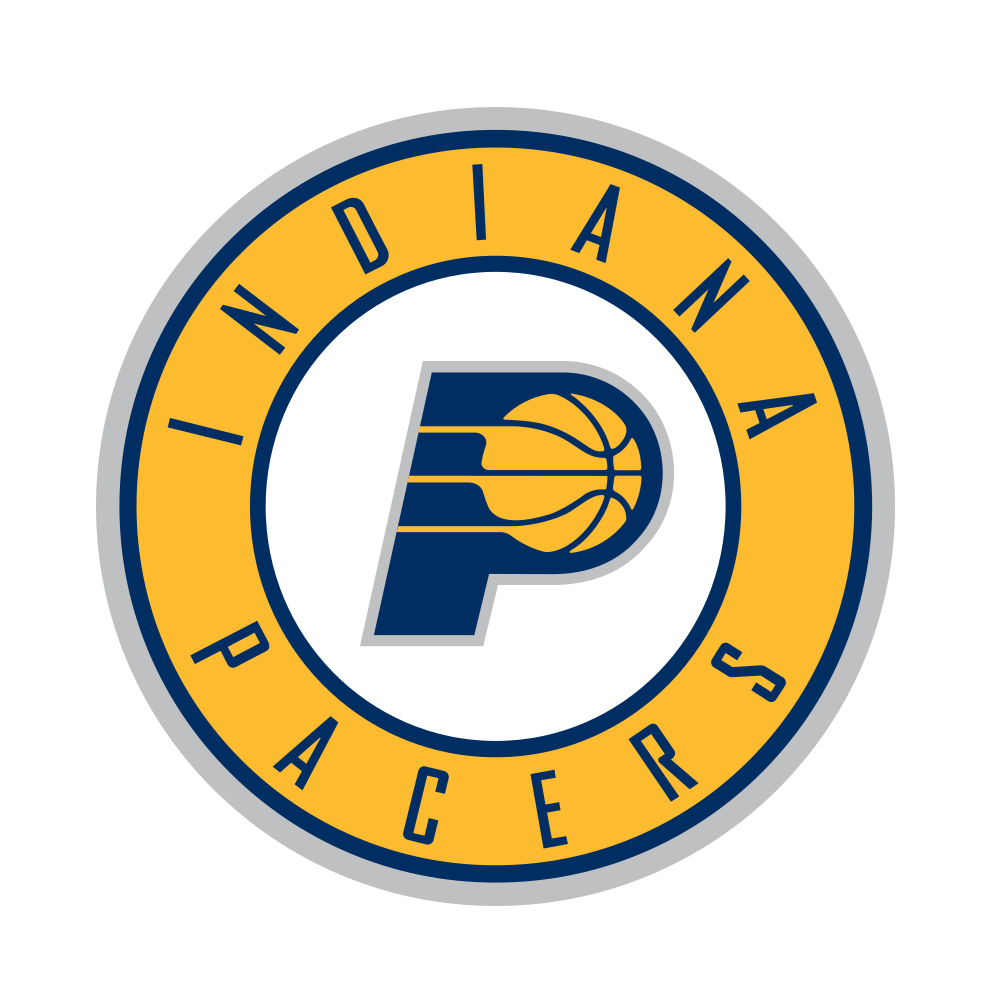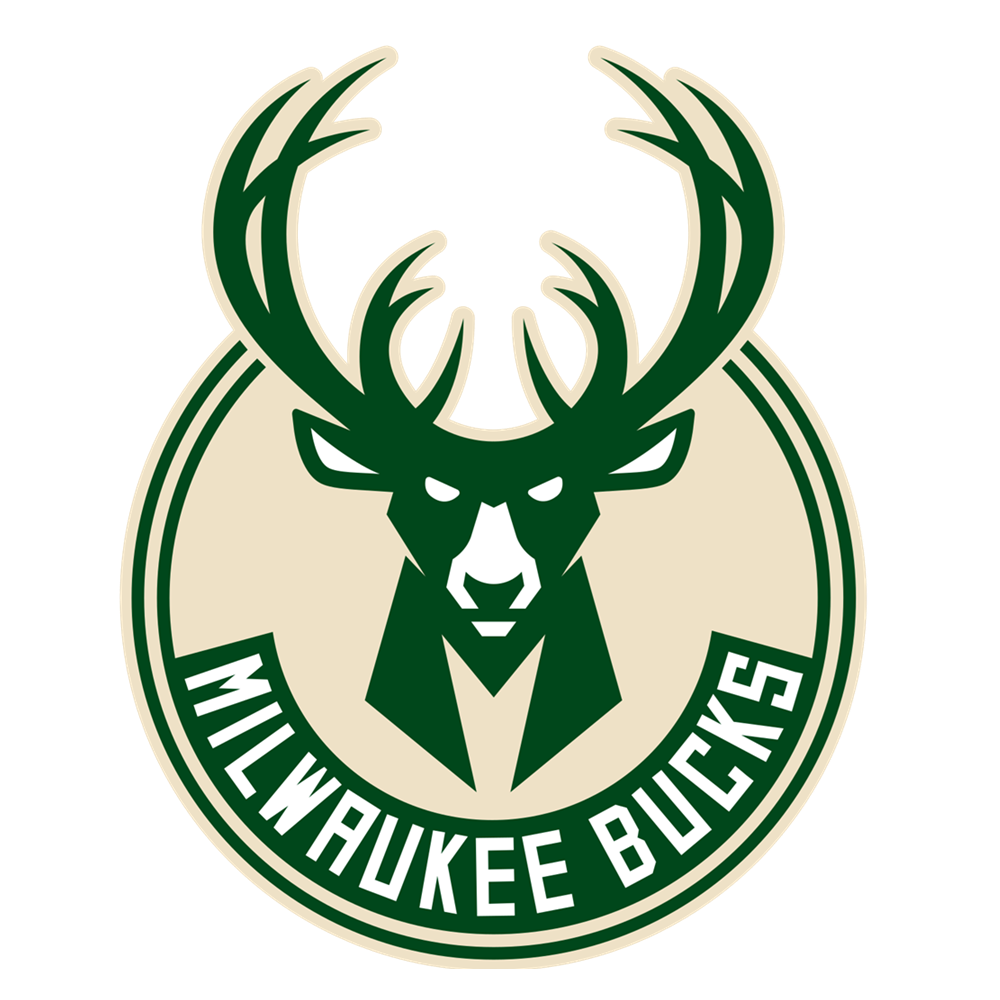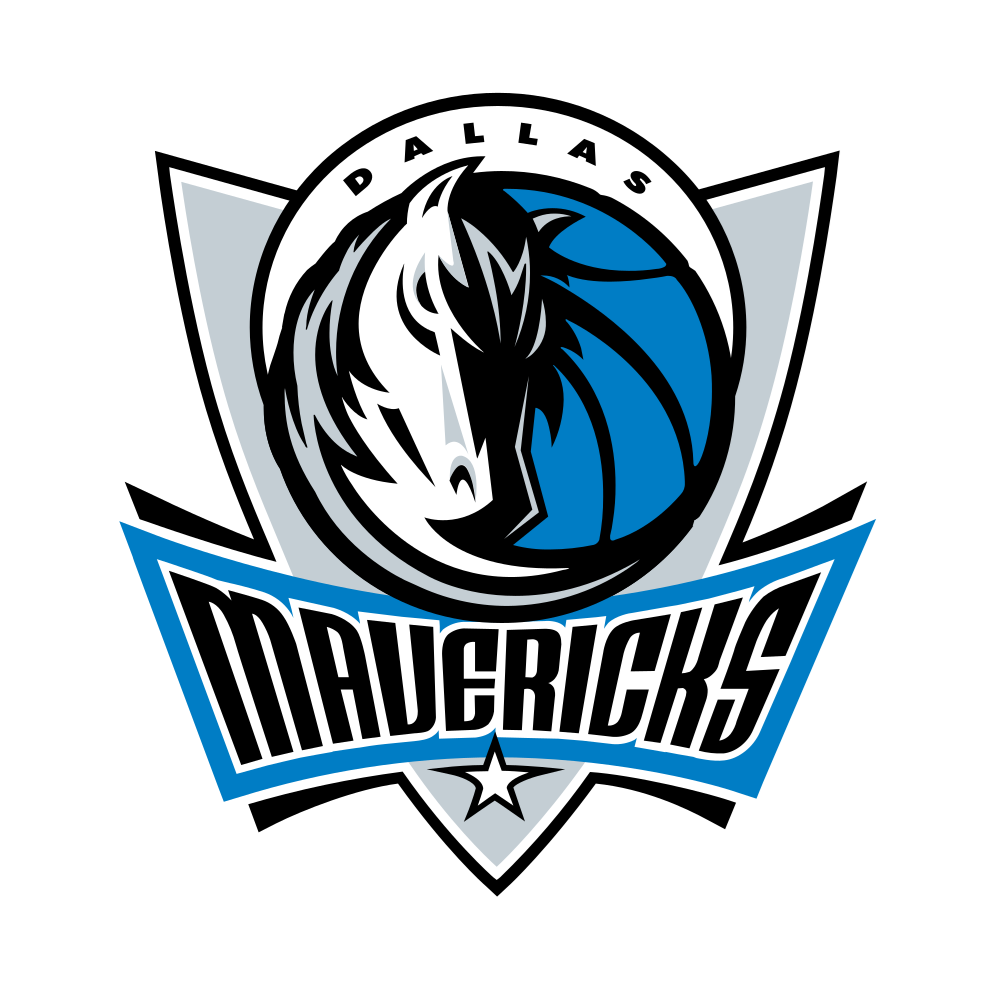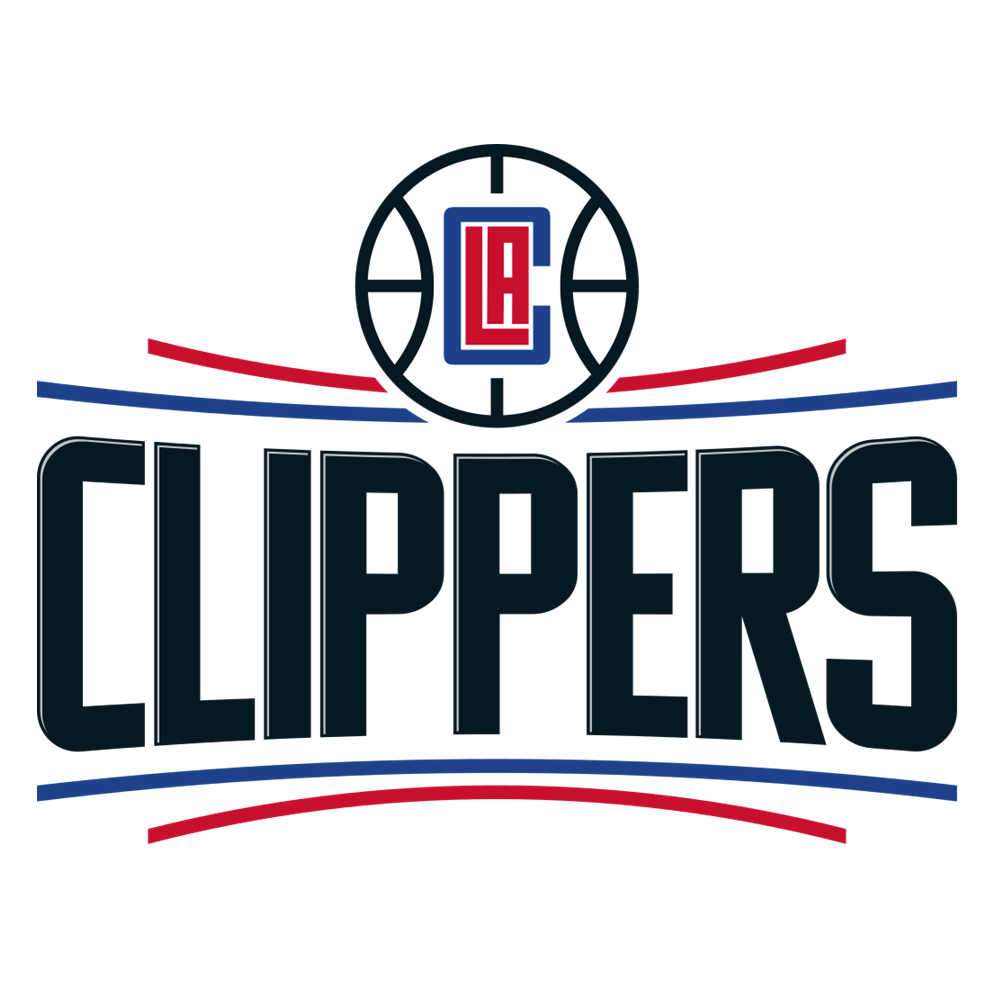When the Los Angeles Clippers traded Blake Griffin to the Detroit Pistons this week, they did so a mere six months and twelve days after re-signing him to the third largest contract in NBA history.
Behind only the new five year, $201,158,790 contract of Stephen Curry's and the six years and $228,065,253 committed to James Harden (in the form of a four year, $169,344,000 extension on top of two outstanding years totalling $58,721,253), Griffin’s five year, $171,174,820 contract is an absolute behemoth. In his first season on that
However, perhaps mindful of the size to which that contract was going to grow – Griffin is due $38,957,028 in his age 33 season – the Clippers have seemingly baulked at paying him that much after all. Perhaps the difficulties they had experienced in their year to date changed the prognosis in their eyes; after all, this has been a season ‘saved’ by two-way contract players, which is never the aim. Or maybe they just changed their minds on the future of the salary cap generally, or on Blake specifically.
Either way, the decision was made, and the financial ramifications of being freed from that contract cannot be overlooked. So, did their plans really change that much? Was this buyer’s remorse? Or was this a separate thing altogether - a deliberate longer-term sign-and-trade?
Without a doubt, the Clippers got out to a slower start this season than they expected. Losing both Danilo Gallinari and Patrick Beverley to injury, the Clippers then lost Griffin as well, and began to freefall. Losing nine games in a row at one point, the Clippers tumbled down to a 5-11 record. And when Beverley and Gallinari both immediately got re-injured upon returning to the court, any frustration was understandable.
Griffin’s own role within that involved getting injured himself (missing 14 games with another knee injury), and, when healthy, finding efficient offensive looks more difficult to come by without Paul. However, what Griffin has done this season is take the next step in what has been a career-long development into becoming more of a skill-based player. He shot 5.6 three-pointers per game this season for the Clippers, attempting 187 of them in 33 games compared to only 268 of them in the 471 games prior, and passed for a career-best 5.4 assists per game.
Changing his own game to keep up with the league, however, is not alone enough. Serge Ibaka changed his game, too. It alone is insufficient. It is to Griffin's great credit that he has been able to adapt to the league around him and his own health, but to sustain a level of play befitting a salary that large is a tough ask.
And with his own injury history building up, the future of that contract looked bleaker.
This is not to say, however, that the Clippers did not see value in Griffin. As a player, he was still averaging 22.6 points, 7.9 rebounds and 5.4 assists per game, still posting a 21.0 PER, still posting a +3.3 box plus/minus. Notwithstanding the injuries, he was still good; different as a player from the reckless bullishness of his youth, but no worse in terms of his overall status.
Nor, really, were the Clippers themselves. While the slow start to the season did change the Clippers’ immediate fortunes, it is not as though it completely redefined the franchise. They had already lost Chris Paul. They already faced an uncertain future with another DeAndre Jordan free agency ahead. They already knew Griffin would cost that much down the road. It was all known. Even the injuries were somewhat foreseeable.
It is not as if things even stayed that bad, either. Buoyed by a brilliant stretch of play from All-Star snub Lou Williams, the Clippers recovered to win 14 of their last 20 games and get back to a 25-24 record, good for ninth in the West. If they had re-signed Griffin expecting much better short-term results than that with Paul gone, they were always being over-ambitious.
Essentially, the Clippers were or should not have been any significantly worse off at the time of the Griffin trade than they could have expected to be at that time. And yet given that he was nonetheless moved at that time, the question becomes; was that the plan all along? If not much changed, why the change?
'Re-signing' should not be automatically equated with 'committing'. No sports pact is ever that binding, and no promise is ever unbreakable. Even if, in Blake's case, express promises of commitment are made to a player, promises of loyalty and tenure, it does not mean that they will or must be honoured. Circumstances can of course change significantly in the life of a contract that change its prognosis, to the point that the commitment that could have been genuine at the time needs to be reappraised.
In a sense, that is what happened here. Notwithstanding the fact that the contract was five years in length, the Clippers must have in some way wanted Griffin as a player, even if they did not want him for five years. Paul demanding to leave meant either getting something for trade for him or losing him altogether, and when the pieces that came back were more current than future-facing (particularly Williams and Beverley), the Clippers had the means to add least tread water for a while and be selectively buyers and sellers at any time. But only if they could also keep Blake.
The reality for any NBA player is that they know that the team they sign with is just one of 30 field offices, and re-assignment to any of the other 29 can be forthcoming at any time. Only a few are ever genuinely tenured, and they are significant anomalies. It is a ruthless business out here.
But it doesn't have to be.
If quickly retrading Blake was the plan all along, it was a bit cruelly handled.
To sign-and-trade a player is common-enough practice in the NBA; there is even a special bit on the Uniform Player Contract (Article 8) teams complete for it when submitting contracts, so as to alleviate any buyer’s remorse concerns.
To do an extended sign-and-trade for a player is a bit less comfortable, given the whole process of press releases, handshakes, public statements, fans buying the next season’s jersey, and the like. Yet it can be done. Players are assets, and sports franchises are trading companies.
But to do so while making promises of being a "Clipper for life" and hosting a mock retirement jersey ceremony can only be a bad look if broken.
In this instance, buyer’s remorse seems more likely than deliberate strategising. To have gone to such great efforts took, we trust, real sincerity at the time. Nevertheless, the possibility exists. For it has happened before.
Back in 2011, the Denver Nuggets re-signed Nene to a five year, $65 million contract, which at the time was a very significant amount of money. Too much, even; at a time when the salary cap was $58,044,000 and the maximum salary Nene could have received was $15,506,632, Denver gave him 22.4% of the cap and 83.8% of the year-one max to a 29-year-old in exchange for having just posted a season of 14.5 points, 7.6 rebounds, 2.0 assists, 1.1 steals and 1.0 blocks per game. For comparison’s sake, that same summer, a still-prime David West got two years and $20 million, Thaddeus Young for five years and $43 million, and the aforementioned DeAndre Jordan received four years and $43,039,054.
The Nuggets then immediately began trying to trade him. The various packages they tried to trade him for invariably included young bigs – the Thompson non-twins, Jason and Tristan, were two such inquiries. Eventually they did just that, moving Nene to the Washington Wizards for a package built around then-young big JaVale McGee, where Nene stayed until that $65 million expired in the summer of 2016.
That trade was made a mere three months after re-signing him. Denver did not trade Nene because he was any better or worse of a player than he had been three months previously, or because the projection of his contract had changed any. They did so because the deal they wanted had not been there at the time, and $65 million was the cost of keeping him around to have another go.
If it was the Clippers' plan to essentially sign-and-trade Griffin in a Nene-like way, then in a sense it came off. Regardless of the perceptions of the individual pieces in the package of Tobias Harris, Avery Bradley, Boban Marjanovic, a first-round pick and a second round pick, it is certainly all better than nothing, which would have been the return on letting Griffin leave as a free agent.
But if it was a deliberate extended sign-and-trade in this vein, it was one executed on the tightest possible margins. There simply was not much of a trade market for Griffin, and the back end of the contract is why. If the fifth year was not there, the market would have been stronger. But it was, and it was a big deterrent. Team control is only a virtue when the contract is a favourable one. The Pistons did not outbid themselves - they had to outbid the option of keeping Griffin - but they didn't outbid many.
It was also executed in quite a defiant way. While noting that Nene was never as good as Griffin is, we must also note that the Nuggets never promised Nene the moon. They promised him a lot of money, and he got it. But Nene never had a fake jersey retirement.
Players certainly notice these things, and if there are any repercussions for them on the free agency market going forward, the Clippers will now have to own that.
Nothing about the Clippers' season since the time of the Chris Paul trade should have changed the franchise's plans that much. They were wobbly but decent on the court, expensive but manageably so off of it, and had enough solid if not great assets to get back into contention with a couple of good hits.
Perhaps the injuries and the slow start brought home the reality of this averageness and illuminated a future of diminishing returns. Perhaps they thought better of a contract they really thought they meant at the time. Or perhaps the entire process was by design, and the Clippers managed to keep their Griffin trade plans quiet for six months rather than the six days we first thought.
If they did pull off the last of those, it was a heck of an achievement. But not a pretty one.
